Eucalyptus sphaerocarpa, my favourite durable timber species
Saturday, December 20, 2014, Dean Satchell's blog
Eucalyptus sphaerocarpa is a class 1 durable eucalypt species that I introduced into New Zealand in the mid-1990's. I was looking for a highly durable species from the monocalyptus group of eucalypts, which have shown to have good levels of resistence to insects in New Zealand.
E. sphaerocarpa is a large tree from the Blackdown tablelands in Southern Queensland and grows at about 1000 m altitude. It's called Blackdown stringybark, although actually an ash eucalypt rather than a true stringybark. The timber is highly prized in this area. Mike Wilcox, renowned botanist and eucalypt enthusiast, saw the species in its native habitat and described them to me as "huge magnificent trees, a sight to behold".
So why do I like it so much? It is disease and pest resistent, grows extremely straight and has a very high content of durable heartwood. What more could I ask for... the "silver bullet" from over 20 years of durable eucalypt species trialwork.
Questions:
Is there a market for ground durable untreated posts and poles in New Zealand?
Is it viable to be production thinning 10 year old trees for naturally durable posts, then growing the remaining trees to 25 years for a high quality class 1 durable hardwood decking product that will last 40+ years in service?
Can we grow durable eucalypts with just standard practice lift pruning and thinning... without any form pruning?
Answer:
I beleive yes to all questions above. However, we need the right species. In my view the only species that might fit the bill are E. cladocalyx and E. sphaerocarpa. Sugar gum (E. cladocalyx) is a woodland species and has a very open crown. Great for dryland climates where we wouldn't expect much in terms of sawlog volume per hectare. Species with good crown density like E. microcorys (tallowwood) and E. sphaerocarpa can be held at a high final crop stocking and still produce good diameters, thus a high volume per hectare at harvest. Siting tallowwood isn't so easy... wonderful class 1 durable timber but the species has an unstable crown that smashes in high winds, and the species is very frost tender.
What about siting E. sphaerocarpa? My trees were planted on a windy ridgetop in Northland, on low fertility clay soil. They have thrived. Not sure about frost hardiness but I'm working on it and have planted trees in a range of localities throughout New Zealand. The expectation is for medium frost hardiness. Anybody interested in planting this species should get in touch with the NZFFA Eucalyptus Action Group, we are looking for volunteer sites and growers willing to trial durable stringybark eucalypts.
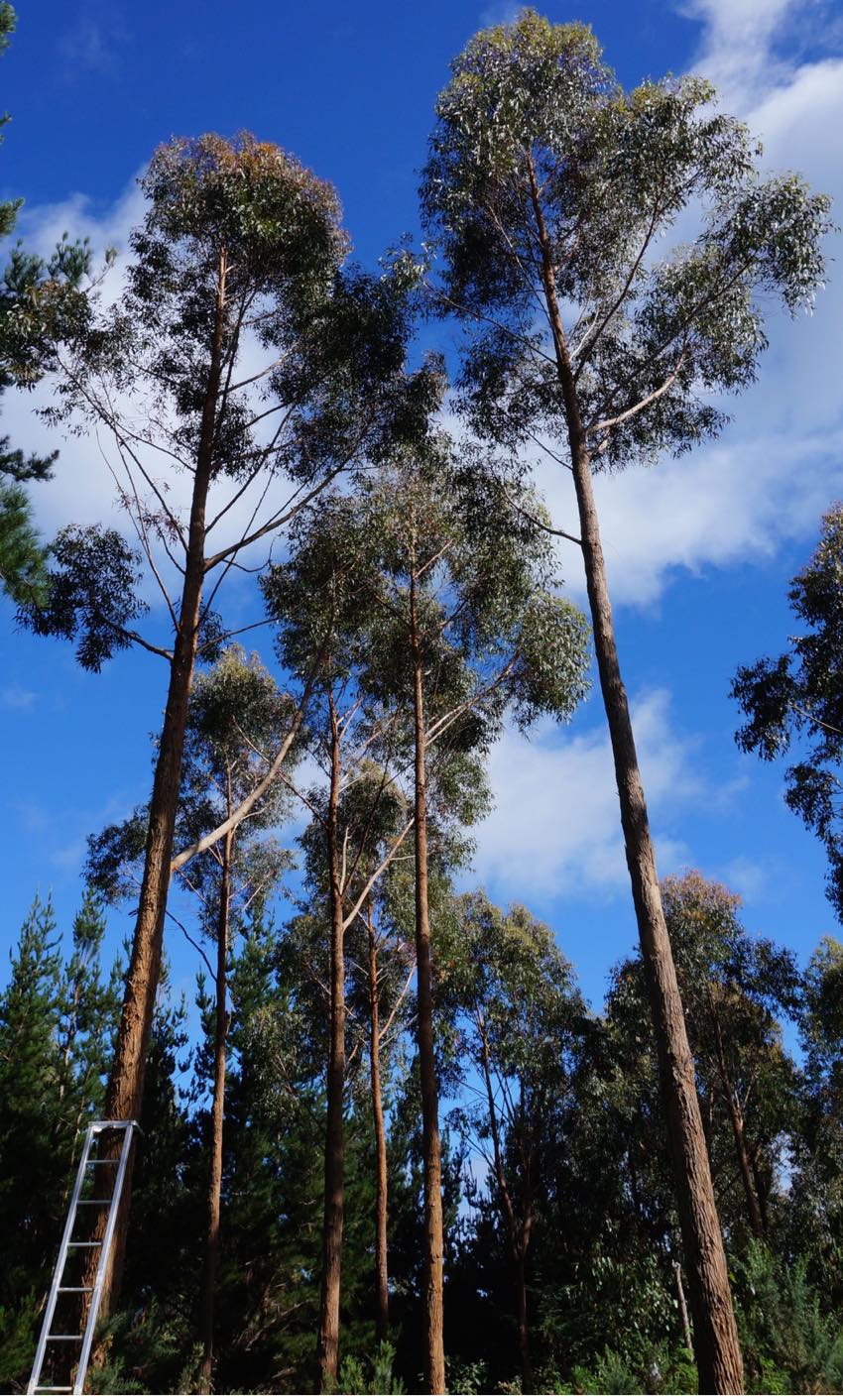
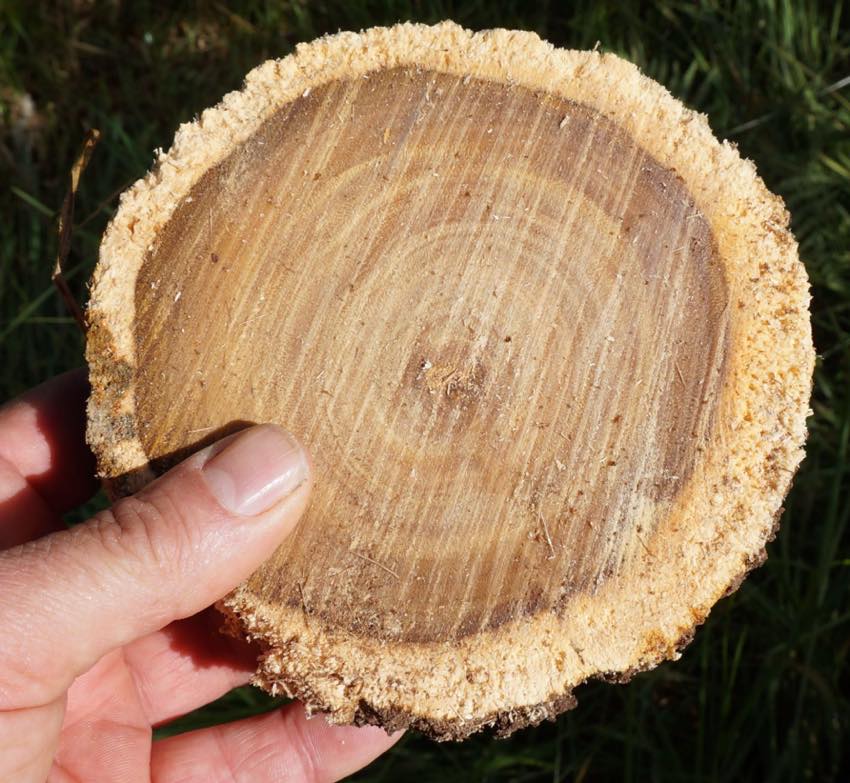
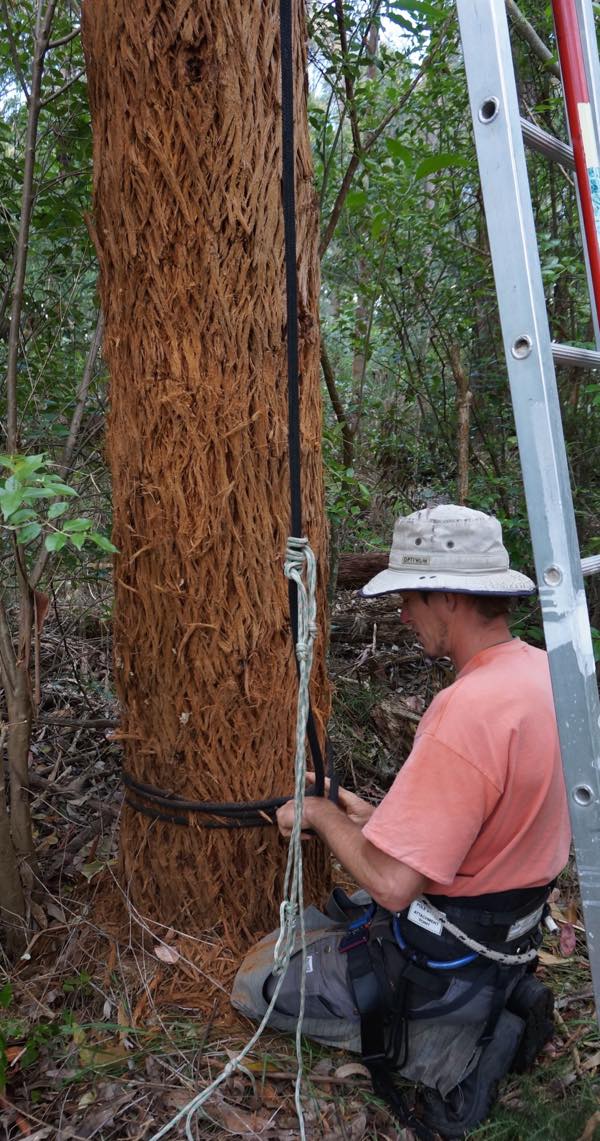
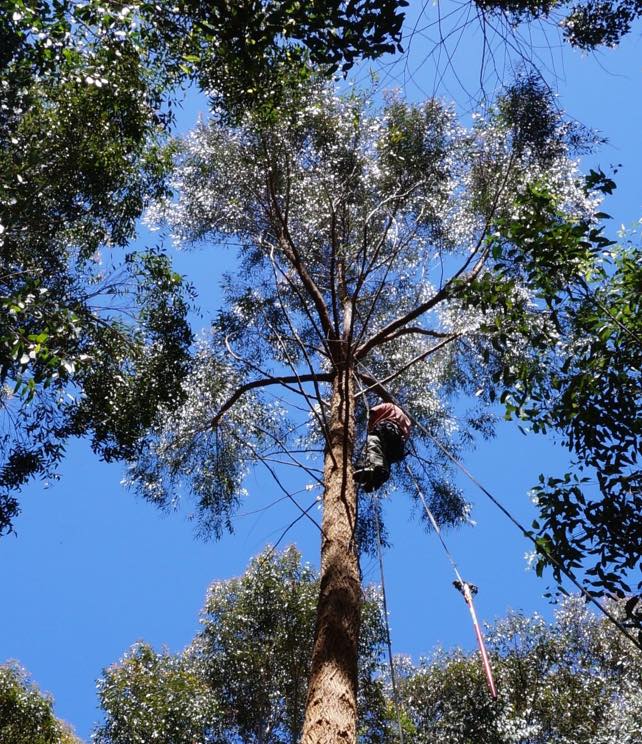
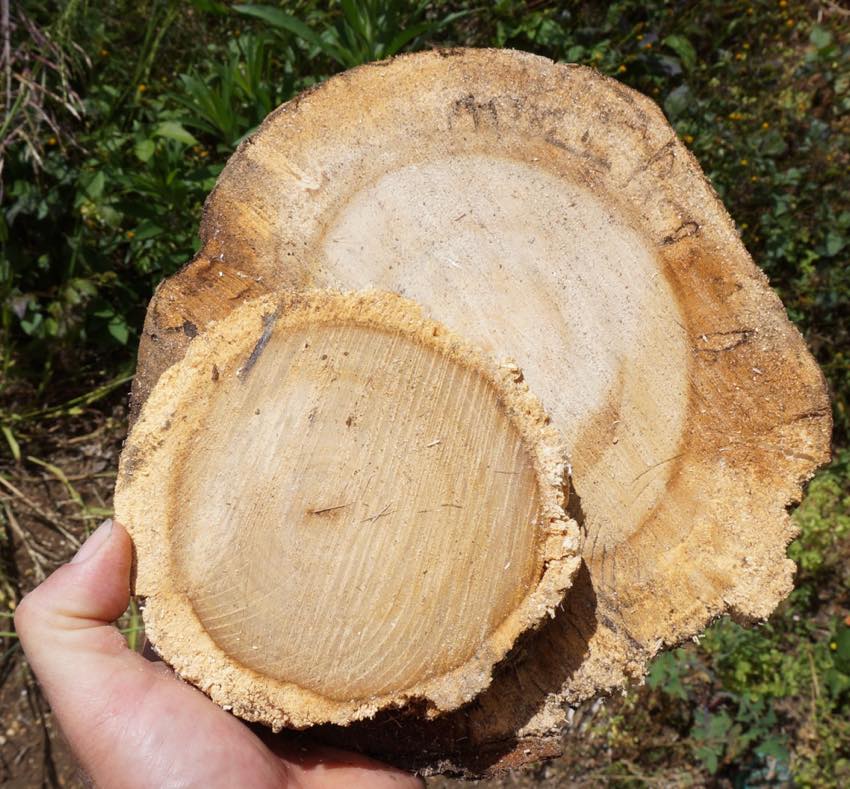
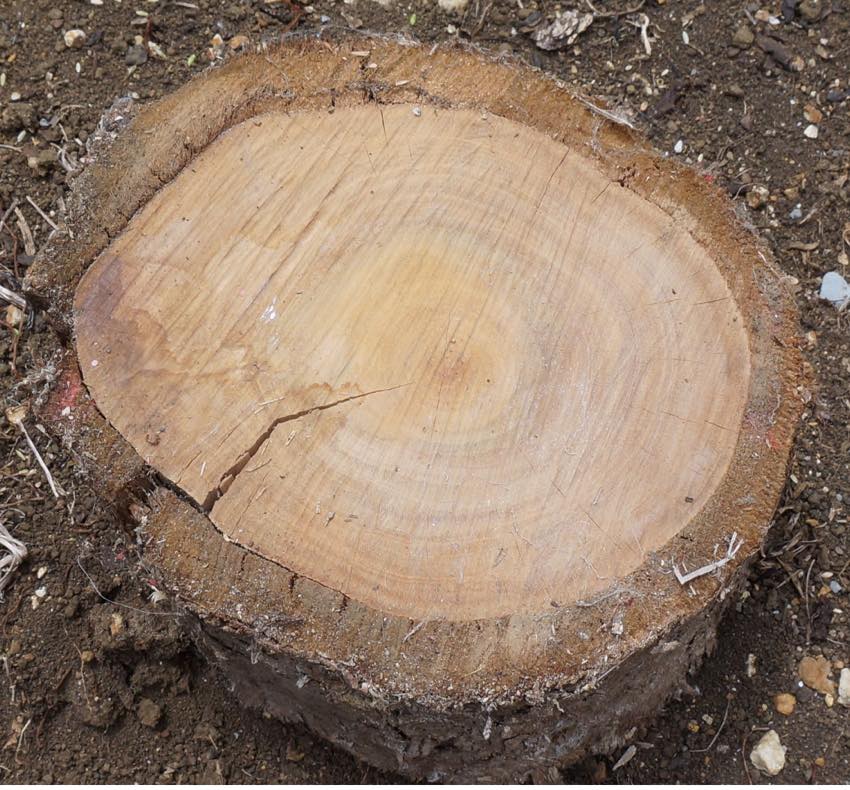

These trees were planted at final crop stocking and were not thinned, demonstrating the good form and potential of the species for deployment into productive forestry plantations.
Disclaimer: Personal views expressed in this blog are those of the writers and do not necessarily represent those of the NZ Farm Forestry Association.

2 posts.
Post from Simon & Lynda Harvey on January 10, 2015 at 4:51PM
Great work Dean.
I don't think it is acceptable in the long term to be using toxic treatments to create a durable timber product for above and below ground use.
We have found treated radiata rails
Post from Roger Clifton on May 11, 2021 at 8:02PM
I would be very interested in getting seedlings or seed to see how this species performs at my site 500m altitude, Motueka area.
Poor fertility, freely draining soils, e.globoidea grows well here.
Not sure why i havnt heard of this species before. Very interested.
Regards
Roger Clifton
Add a post